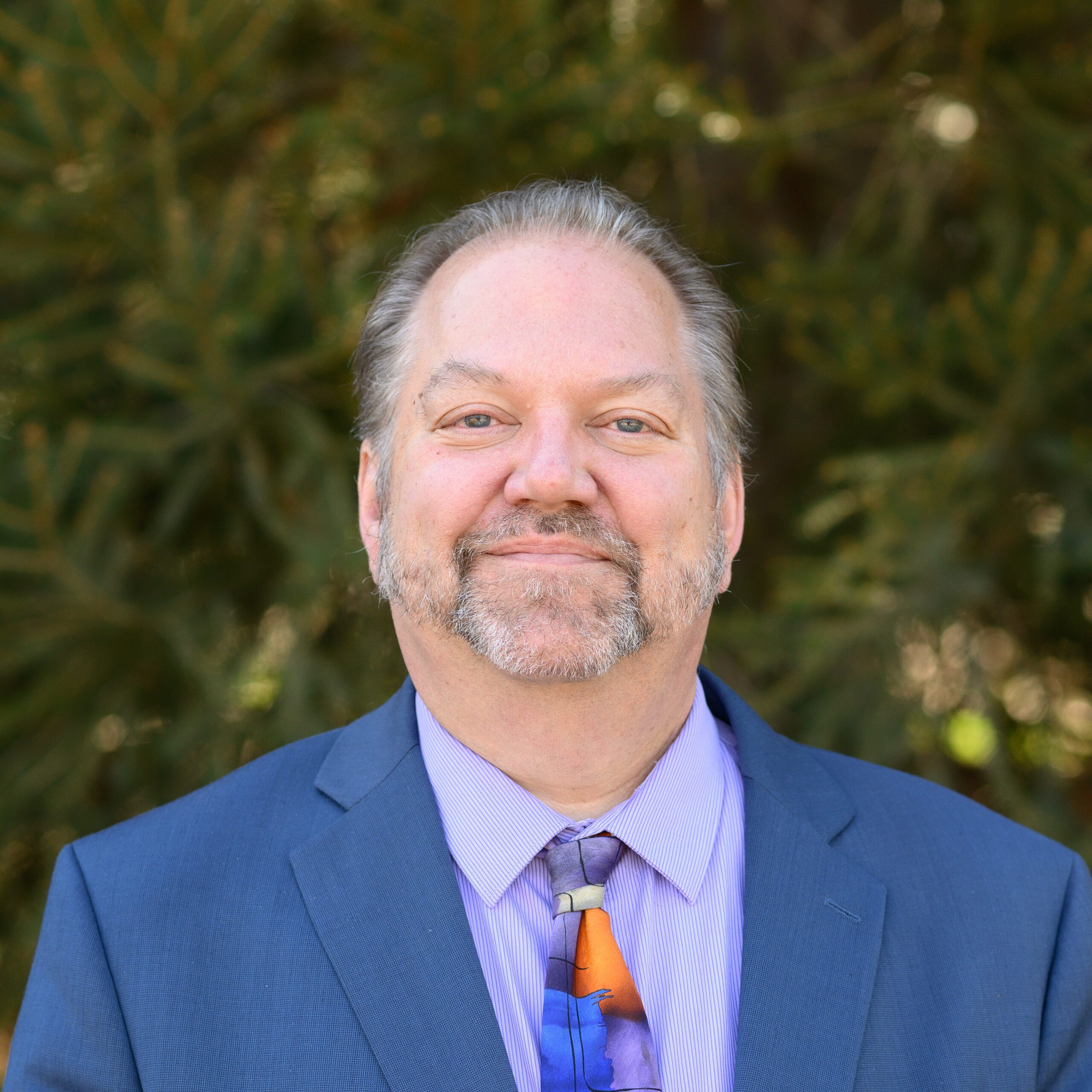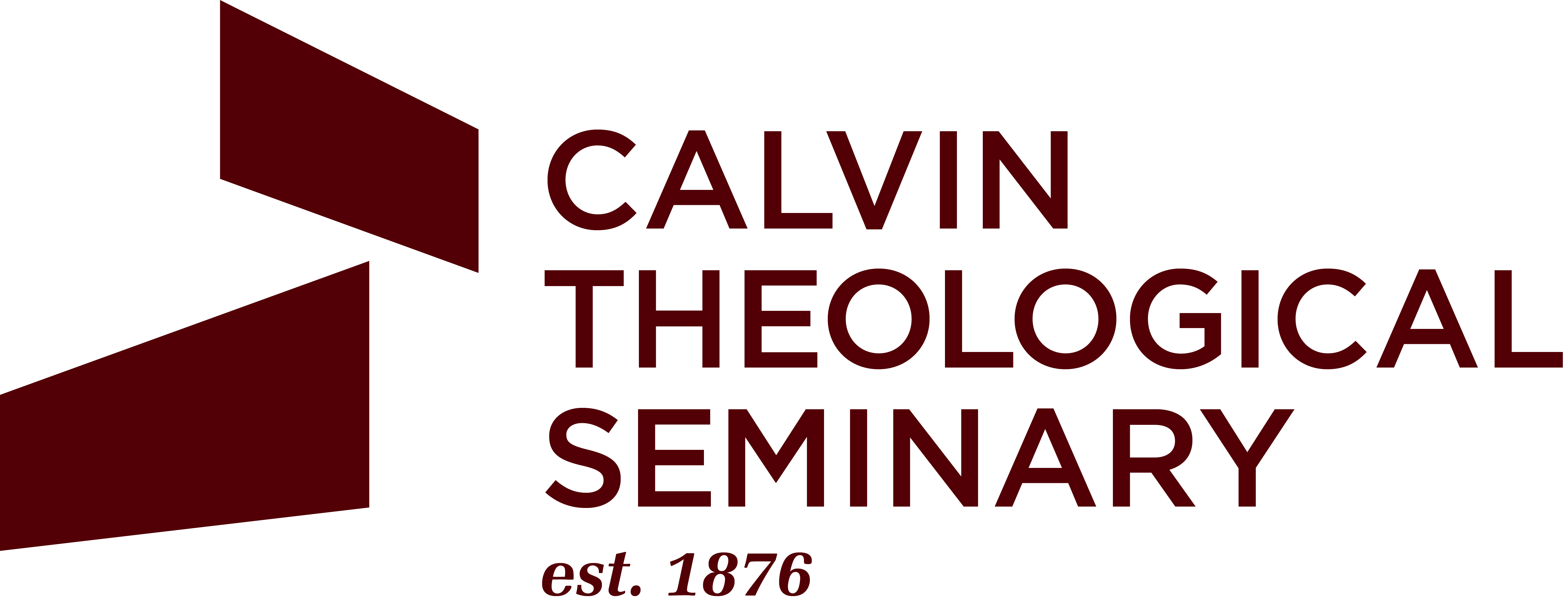“As in Adam …” A Sermon on 1 Corinthians 15

Published by Scott Hoezee
Director of the Center for Excellence in Preaching
The health care debate that dominated the news in 2009 raised many ethical issues surrounding the end of life. Politicians accused each other of “killing grandma” with their health care plans. Attempts to discuss “end of life” ethical issues generated more heat than light. Dismayed at the failure of our nation to grapple thoughtfully with these issues, Stanley Hauerwas, ethicist from Duke Divinity School, suggested our society lacks a “theology of death.” In the Easter sermon that follows, Rev. Scott Hoezee, Director of the Center for Excellence in Preaching and instructor in preaching at CTS, offers just such a theology of death … and life.
As I prepared an Easter evening sermon some years ago, I decided to check my files and look back on a few past Easter sermons to see if there were any old ones I could revise. As I did so, I was also able to look at a lot of old church bulletins. Each week before I filed a sermon, I would use a paperclip to attach that week’s bulletin to the sermon. At the top of each such bulletin I always wrote down the prayer needs for that day. So as I perused my old Easter sermons, I glanced over a half-dozen or so bulletins from Easter Sundays past. I took note of the names on my prayer lists and noticed that all but one of those people had since died. We had prayed for those dear folks. We prayed in faith and in hope, we prayed with fervency, fierceness, and maybe even a sense of desperation. And then they died.
The man with lung cancer and the woman with breast cancer, the man with Alzheimer’s and the woman with Parkinson’s: all died. They died, and so we rolled them back into the sanctuary in a box, shedding more than our share of tears even as we choked out the words to the Apostles’ Creed and fought our way through the lyrics of “By the Sea of Crystal.” We then went home, feeling sad, but such feelings were nothing compared to the situation of the family members who went home to a void so vast they could hardly breathe.
Whatever else Easter means, it does not mean people stop dying. The very early church did not realize this right off the bat. That’s why in Paul’s earliest letter (1 Thess.) you find Paul dealing with what looks to be the shock and sorrow of Christians who, despite their belief in Jesus’ resurrection, nevertheless watched fellow believers die just like anybody else. Some may have thought that with the power of resurrection life in them they would not die at all. Some may have thought that everyone would remain alive until Jesus came again. Still others may have thought that you needed to be alive yet when Jesus returned if you were going to get transported to heaven.
Whatever they thought, the need still to attend funerals shook them up enough to warrant Paul’s intervention in his first epistle. Paul had some reassuring things to say on this subject, of course, but what cannot be disputed is that the Thessalonians knew what we still know: namely, the stark and stubborn fact of death in our world poses a most difficult challenge to our faith. Maybe we do not always realize it, but when we stand on the lip of an open grave—slit into the skin of the earth like an open wound—and say via the words of the Creed, “I believe in the resurrection of the body,” we are committing a most audacious and bold act.
There is no doubt in our minds just how dead the corpse is. Though we don’t like to think about it, we know the decay that is already present. The New York Times Magazine once presented a grim report on a research institute somewhere down in Kentucky. The doctors and scientists there conduct research on cadavers whose bodies were left to science. In an effort to hone the science that helps police determine the when and the how of murders, these scientists study the breakdown and decay of the human body under the kinds of conditions where the bodies of murder victims are sometimes found. Under many circumstances it does not take long before there is virtually nothing left of us after we die.
Modern morticians are good at making a dead person look reasonably OK (“She looks good, doesn’t she?”), but we don’t pin any Christian hope on the relative success of the funeral director’s art. It’s not make-up and rose-colored lights that give us any hope for this loved one’s future. And yet as Christians we proclaim the reality of that future. Before we close out our weekly recitation of the Apostles’ Creed we stake our belief in “the resurrection of the body”—and what we mean is not Jesus’ body, but your body, my body, Uncle Sylvester’s body.
There is absolutely nothing about the nature of corpses that provides a basis for that belief. Our only basis was also the apostle Paul’s only basis: Easter. If Jesus was raised from the dead—if God really and truly pulled that off—then we can and will be raised too because the same God who made the first Easter possible has promised it. “As in Adam all die, so in Christ shall all be made alive,” Paul sings out in that famous fifteenth chapter of 1 Corinthians. The first part of that verse is doubted by no one. All of us sons and daughters of Adam die. Entropy, decay, and eventual death are the one constant in the universe on which both believers and non-believers can readily agree.
“In Adam all die,” Paul says. No one doubts that much. “In Christ all will be made alive.” A great many people doubt that. Faith bridges the gap between the death that no one denies and the life to come that Christians proclaim.
Faith gives us that hope but also counsels us to humility. Let’s not pretend that this is easy to believe or that we have all the details of this sewn up in our minds. For all his confidence, Paul himself, a bit later in 1 Corinthians 15, struggles mightily to draw a bead on just what kind of a body we will have after the resurrection. There is much we do not know and will not know for now. As Paul says in comparing our present bodies to seeds, sometimes you just need to plant a seed to see what will grow.
Some years ago archaeologists in Japan uncovered a tomb estimated to be at least 2,000 years old. Among the artifacts in this tomb was a cache of seeds. Since these seeds did not come in some Burpee’s seed bag with a picture of the plant printed on the label, it was a mystery what kind of seeds these were. They analyzed and pondered them for a very long time until one bright scientist finally made the sensible suggestion of just planting one. So they did; and to their wonder the seed was still able to grow, sprouting eventually into a glorious, seven-foot-high, eight-petal, white magnolia.
What we are to be in the future we do not yet know. But when Christ Jesus appears, we will be made like him. The scientists in Japan were much taken with their find of seeds in that tomb. What they maybe did not realize is that the corpse in that same tomb can, in Christ, also sprout and grow and be made alive once more. For now I feel sad when I see old bulletins and spy the names of those who are not with us on this earth anymore. I can remember most of them so well, see them so clearly, hear their voices and their laughter. But we are not the only ones who remember them. God does, too. And he has a plan. It’s called Easter.
By Scott Hoezee
Share
Visit Calvin Theological Seminary’s Campus
We can’t wait to host you on campus! Schedule your visit today, or, if you need more time to find a date that works for you, please request information so we can continue the conversation about supporting your calling!
